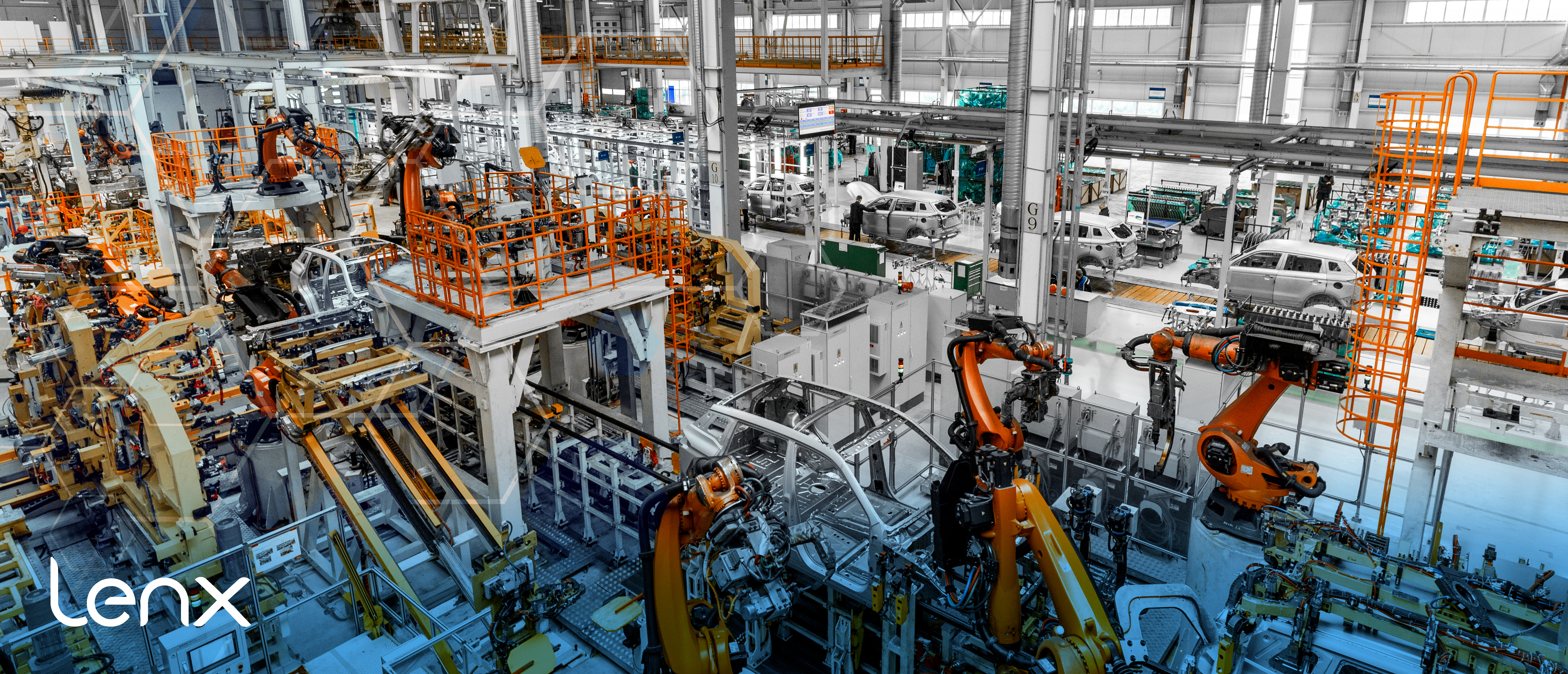
Weighing Whether Or Not AI Security And Active Shooter Detection Systems Are Right For Your Facility
In an era where security threats are increasingly complex, AI Security Systems are gaining traction. These systems, equipped with gun detectors and active shooter detection capabilities, promise enhanced safety measures.
However, the decision to implement such advanced technology is not straightforward. It requires a careful evaluation of various factors, including cost, privacy concerns, and the readiness of your facility to adapt to AI-driven security measures.
In this article, we delve into the world of AI Security Systems. We explore their benefits, potential drawbacks, and the key considerations for integrating them into your facility's security infrastructure.
Whether you're a facility manager, a security professional, or a business owner, this guide will help you weigh whether AI Security Systems are right for your facility.
Understanding AI Security Systems
AI Security Systems leverage artificial intelligence to enhance security measures. They use machine learning algorithms to analyze data in real-time, enabling swift threat detection.
These systems can be integrated with existing security infrastructure. They can work in tandem with CCTV cameras, access control systems, and other security devices.
One of the key features of AI Security Systems is their ability to detect guns and active shooters. This is achieved through advanced image recognition and pattern detection algorithms.
In essence, AI Security Systems offer a proactive approach to security, allowing for immediate response to potential threats.
The Role of AI in Active Shooter Detection
Active shooter detection is a critical aspect of modern security. AI plays a pivotal role in enhancing this capability.
AI Security Systems can identify potential threats by analyzing visual data. They can detect the presence of firearms, triggering immediate alerts.
These systems can drastically reduce response times during an active shooter event. They provide real-time updates, enabling security personnel to act swiftly.
In essence, AI enhances active shooter detection, making facilities safer and more secure.
Pros of Implementing AI Security Systems
AI Security Systems offer numerous benefits. They enhance the speed and accuracy of threat detection, reducing the risk of human error.
These systems can also decrease the occurrence of false alarms. They analyze data in real-time, distinguishing between genuine threats and harmless anomalies.
Key benefits include:
- Enhanced speed and accuracy in threat detection
- Reduction in false alarms
- Real-time data analysis for immediate response
- Integration with existing security infrastructure
- Potential for automating lockdown procedures and access control.
Cons and Considerations
Despite the benefits, AI Security Systems also present challenges. One major concern is the potential invasion of privacy due to constant surveillance.
Another consideration is the cost of implementation. These systems can be expensive to install and maintain, especially for large facilities.
Key considerations include:
- Potential invasion of privacy
- High cost of implementation and maintenance
- Need for regular updates and system checks
- Training required for personnel to effectively use the system
- Legal implications of using AI for security and surveillance.
Cost vs. Benefit Analysis
The cost of implementing AI Security Systems can be high. However, the benefits of enhanced security, faster response times, and potential reduction in false alarms may outweigh the initial investment.
It's crucial to conduct a thorough cost-benefit analysis before deciding to implement these systems in your facility.
Making the Decision: Is AI Right for Your Facility?
Deciding whether AI Security Systems are right for your facility is not a decision to be taken lightly. It requires a comprehensive understanding of your facility's unique security needs and challenges.
Consider the cost, the potential benefits, and the ethical implications. Also, consider the readiness of your team to adapt to new technology.
Ultimately, the decision should align with your overall security strategy and objectives.

